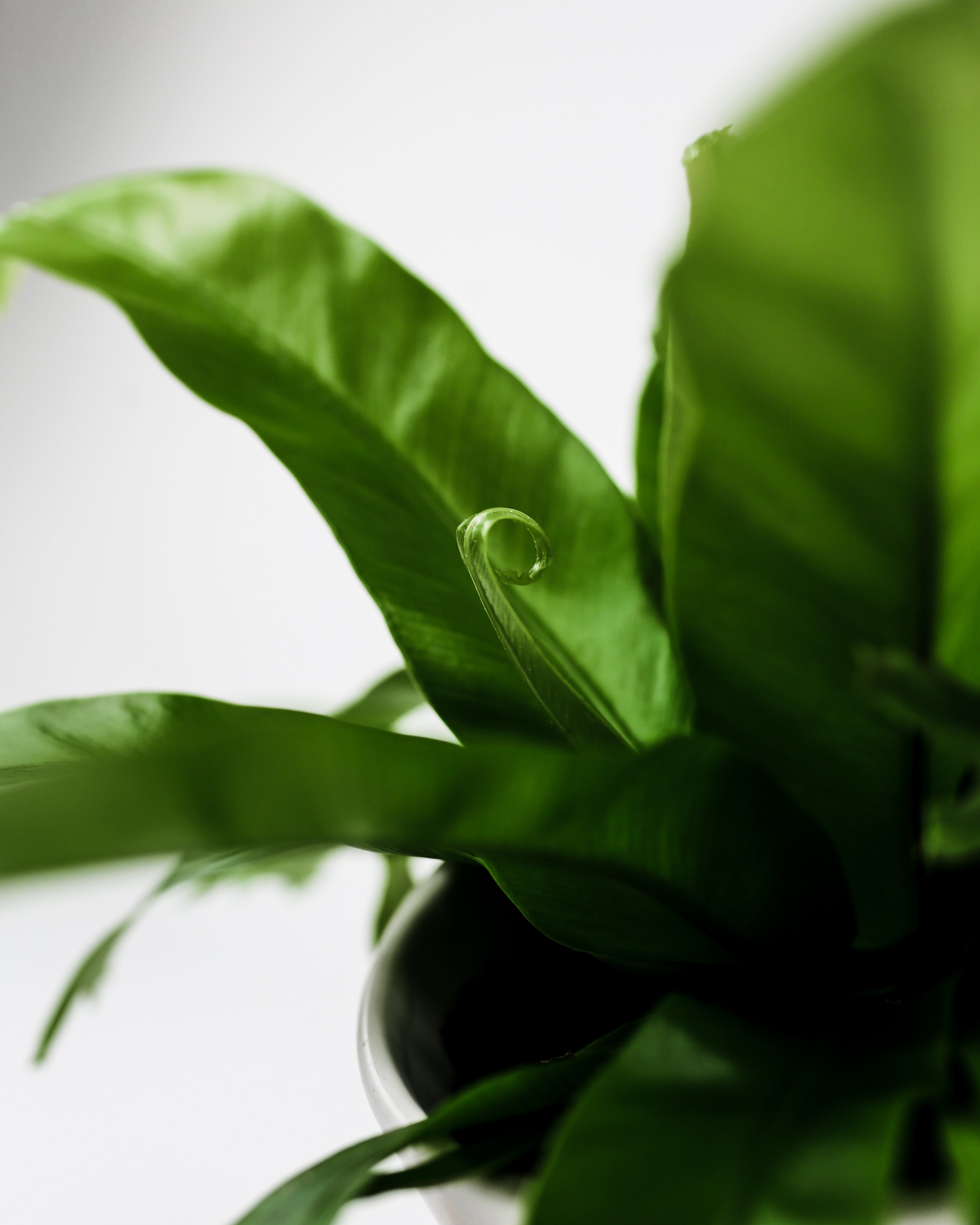Spring Awakening - Let's Talk New Plant Growth
Spring can be an exciting time of year not only for us, but for plants as well! As the daytime hours get longer and temperatures rise, you may notice your plants start to drink more water, move toward the light, and produce new leaves, shoots, and roots. But how can you tell if your plant’s new growth is healthy? Do plants need fertilizer at this time? Keep reading for some tips on how to set your plants up for a successful year!
How they grow
Knowing how your plant grows can help you determine if it is healthy this spring. Vining plants like Pothos and ivy and branching plants like Ficus and money tree will have new growth at the end of their stems. ZZs and Sansevieria produce new leaves at the bottom of the plant, emerging from the soil - this is called basal growth. New leaves on palms and Dracaenas will appear inside of the existing leaf whorls.
Spring color
New plant growth will often stand out from the rest of a plant. When leaves are emerging, they are softer, more sensitive to light and damage, and sometimes even differ in color compared to old growth. New growth on a Heart-leaf Philodendron, for example, will have a reddish or purplish tint to it. This is because a plant’s new leaves are full of sugars that can convert into pigments called anthocyanins. This coloring can also protect the delicate new leaves from the sunlight until they fade to a color more like the rest of the leaves. Young leaves also tend to be lighter green because they are still developing the ability to make chlorophyll, which gives a leaf its green color and allows plants to convert sunlight, water, and carbon dioxide into sugary plant food in a process called photosynthesis. This tender growth also contains more nitrogen, which can attract insect pests.
Know the signs
While our plants are producing new leaves, it is important to pay attention to their shape, color, texture, and size as it can tell us if there is something off. New growth that is coming out distorted could be an indication of nutrient issues, inconsistent water, or even insect damage. Red dots on developing Fiddle Leaf Fig leaves can be a sign of inconsistent watering while the leaves are developing. If your plant’s new leaves are staying small, it might be limited by sunlight, water, or nutrition. Thrips are tiny insects that like to poke very small holes into baby leaves, sucking vital nutrients and stunting your plant’s new leaves.
Spring to-dos
So, what can you do to help your plants this spring? Consistent scouting and monitoring of your plants is a great way to notice problems early, prevent further damage, and limit the spread of any pests or diseases to other plants. When plants have entered their growing season, you can start regularly fertilizing them. Fertilizer will give your plants the nutrients they need to support new, healthy growth. Because your plants are growing, you will need to pay extra attention to their watering needs - plants that are actively growing and getting more light may need to be watered more frequenly. It is a good idea to check your soil moisture prior to watering, rather than watering on a set schedule.
Which one of your plants are you most excited to see produce baby leaves? Let us know, and check out our Facebook and Instagram pages @maxandmilesplants for more growing tips and tricks!








